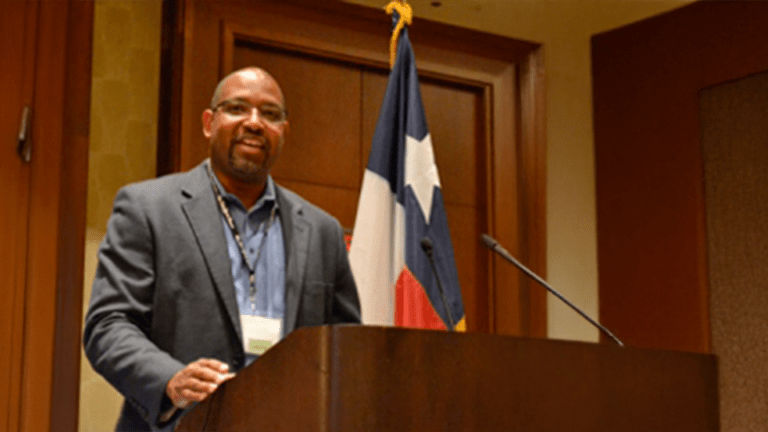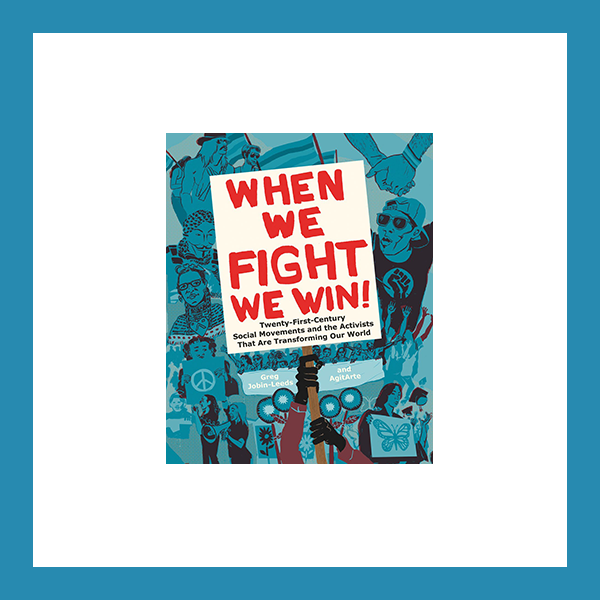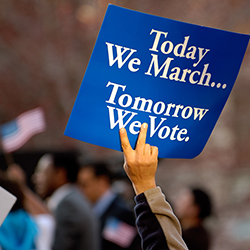Abstract
Low rates of voter engagement characteristic of the college-age demographic are determined by a host of factors. These factors vary according to geography, demographic variables, and individual inclinations. Those who strive to strengthen our democracy through increasing access to our political system confront many challenges, and there exists no “one-size-fits-all” approach. College campuses, where young voters obviously congregate in large numbers, provide a primary access point for democratic engagement efforts. Institutions of higher education are compelled to respond to the federal mandate put forth by the Higher Education Act to provide information on voter registration. Anecdotal information suggests a greatly varied response to this call.
A sample of campus programs attempting to engage college and university voters are presented here, demonstrated by peer-based actions in 1) an institute for civic and community engagement in St. Louis, Missouri, 2) a public policy center in Indianola, Iowa, 3) an intensive interdisciplinary curricular experience in Oswego, New York, and 4) a broad-based voter education initiative in Springfield, Missouri. They differ greatly in terms of funding sources, campus positions of their administrating personnel, curricular versus co-curricular actions, and the degree of administrative support to mobilize and engage members of the campus community. In addition, participating students learn to recognize the agency they wield in molding the political world they want to experience and are more likely to continue their civic engagement post-graduation.
Overcoming Barriers to Voter Engagement Via College and University Civic Engagement Programs
By Suzanne Walker-Pacheco
Today, college students face a confusing array of choices as they transition to adulthood and are presented with an abundance of information to assess, distill, and analyze. Rarely considered is the fact that choosing a college – or at least the state in which a college is located – can directly impact the feasibility of their democratic engagement.
Experienced voters are typically unaware of the range of barriers facing new voters. Barriers can be divided into three main categories: educational, logistical, and perceived. They differ in nature and degree depending upon demographic groups such as socioeconomic class, race/ethnicity, age, and ability or disability (US Census Bureau, 2023). The educational system in the United States, both in secondary education and our institutions of higher learning, lack policy on teaching applied civic education. Students learn about the democratic system and its structure, but not how or why to engage with it. This scarcity of voter education, together with the barrage of mixed factual and inaccurate information, impedes the ability of individuals to focus their attention on important issues and objectively assess them.
Lowering the voting age from 21 to 18 through passage of the 26th Amendment in 1971 did not translate to high voter participation for the youngest voting demographic (designated here as ages 18 to 24), which continues the trajectory of historical underrepresentation at the polls. Only prior to 1972 did this group even reach 50% participation in presidential elections (although this was prior to the lower voting age), with overall municipal and primary election turnout consistently much lower. The highest rates for the 18 to 21 age group occurred in 2008 (44%) and in 2020 (48%) (US Census Bureau, 2023).
A contributing factor for low voter participation for young adults is the fact that this period is typically associated with numerous changes in residence, as people move to attend college, begin a new job, or simply leave their home community (Strama, 1998). Voting in a community considered to be temporary or “not home” is less likely to inspire civic engagement. Additionally, there tends to be a low level of candidate outreach to this demographic, directly affecting voter participation (Iyengar and Jackman, 2003).
These factors, in combination with voting statutes that result in decreasing voter engagement, make it more important than ever for universities and colleges to support their students’ access to and participation in our democracy. A 2012 report commissioned by the US Department of Education from Civic Learning and Democratic Engagement (under the auspices of American Association of State Colleges and Universities) emphasizes the need for inclusion of civic learning and democratic engagement in college education. This has become even more vital in the succeeding years.
At a minimum, universities are obligated to follow the Higher Education Act of 1965 [HEA Section 487(a)(23)] that requires institutions of higher education to make a “good faith” effort to engage in voter registration activities prior to elections of federal offices and chief executives within the state [HEA, Title IV, Section 487(a)(23)]. However, not all campuses take even this minimal action.
National nonpartisan organizations such as All-In Campus Democracy Challenge, Campus Vote Project, and Students Learn Students Vote, are indispensable sources for college voter participation. The Institute for Democracy & Higher Education housed at Tufts University administers the National Study of Learning, Voting, and Engagement (NSLVE) initiative, which now serves over 1200 institutions to produce both general campus voter participation as well as fine-grained data by academic unit and demographic population (NSLVE, 2024).
Some universities create their own voter initiatives, which vary as widely as the nature of the institutions themselves. Organically grown, they may more effectively address an institution’s specific needs. Their establishment typically depends upon generous donors, passionate faculty/staff/students, administrative support, or – ideally – a combination of all of these. Many partner with a local/state League of Women Voters (LWV) chapter/office for logistical, educational, or financial support. Each initiative must deal with challenges including changing election laws and political climate, funding shortages, campus politics, and structural constraints. Some are also faced with navigating legislation and legislators averse to student voting.
Conscious nonpartisanship is a vital attribute of such an initiative to build and maintain credibility; initiatives at institutions dependent upon state funding may even need to avoid using standard terminology that has become synonymous with a particular political stance.
This article describes four distinct campus civic engagement endeavors housed at: a large private university, a small liberal arts college, a small state university, and a large state university. The oldest was established in 2005, and the most recent was borne during the height of the 2020 COVID-19 pandemic. These may be used as models, and their actions perhaps repeated at institutions that have not yet formed such entities, as many of us prepare our campuses for the upcoming federal election. These programs not only impact a community at local, state, and federal levels, but also the involved students and faculty themselves (e.g., as demonstrated in this article by the Oswego Votes program). Student engagement in outcome-based efforts on campus or in the community provide such benefits as enhanced educational experience, skill-building, and predicting future civic involvement in their communities.
Gephardt Institute, Washington University, St. Louis, Missouri Connecting Civic and Community Engagement for Advanced Student Learning
By Otto Brown and Sarah Nash
At Washington University in St. Louis (WashU), the Gephardt Institute for Civic and Community Engagement is charged with leading student civic learning, democratic engagement, and experiential learning in St. Louis. By fusing civic and community engagement, our student civic learning opportunities extend beyond campus and into the St. Louis region. Centering St. Louis allows the Institute to help foster mutually beneficial student-community partnerships that advance regional priorities.
The Gephardt Institute was founded in 2005 as a nonpartisan “action tank” by former Missouri Congressman Richard Gephardt. The mission of the Institute is to foster a vibrant culture of civic engagement throughout Washington University by catalyzing student learning, participation, and impact in civic life. At the Institute, we work to achieve our mission through three pillars:
- Engage St. Louis, which fosters opportunities to learn from – and contribute positively to – the St. Louis region,
- Engage Democracy, which teaches students the skills and habits of citizen engagement in democracy, and
- Lead Change, which equips students with the skills to become effective civic leaders throughout their lives.
Our voter engagement initiatives are housed within the Engage Democracy Initiative, which was launched in 2018 to prepare WashU students with the knowledge, skills, and dispositions for meaningful participation in our democracy. Since then, WashU has signed on to the Higher Education Presidents’ Commitment to Full Student Voter Participation through the ALL IN Campus Democracy Challenge and has been designated a Voter Friendly Campus in every year the award has existed. In 2022 and 2024, WashU’s voter engagement plan has been designated “Highly Established” by the ALL IN Campus Democracy Challenge.
Beginning in 2024, the Institute developed an arc for student engagement that divides voter engagement into five sections: Voter Registration, Voter Education, Voter Turnout, Strategic Communication & Storytelling, and Emergent Issues & Student Support. By creating a sequenced strategy for engagement, the Institute helps students absorb critical information in bite-sized pieces.
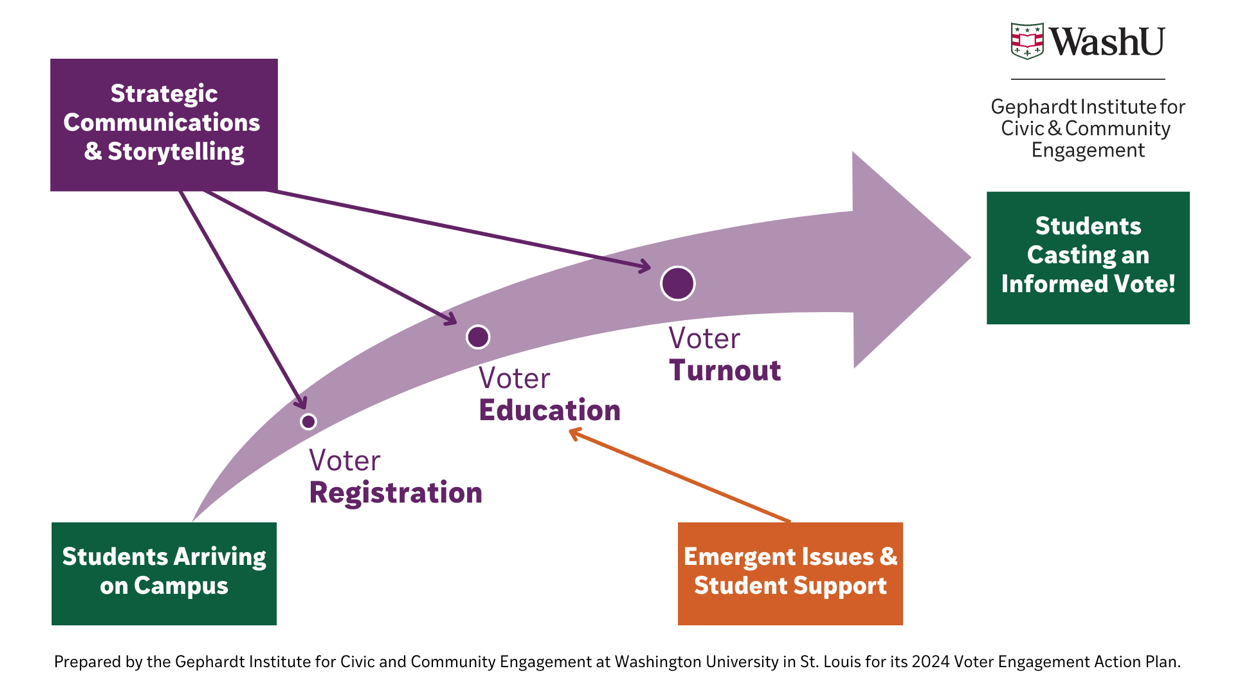
We employ many strategies to ensure students, faculty, and staff have the information they need to cast an informed vote on or before Election Day. Some key strategies include:
- Hosting an event series – Engage Democracy 2024 (https://gephardtinstitute.wustl.edu/engage-democracy/engage-democracy-2024/) – that coordinates election-related programming across campus to uplift events from across the university.
- Expanding our Voter Engagement Hub network to provide units and departments with messaging and content that they can share with their students.
- Hosting a university-wide voter registration event (https://gephardtinstitute.wustl.edu/calendar_event/national-voter-registration-day-2/) for National Voter Registration Day on Tuesday, September 17. This will be a high-visibility initiative that involves campus partners and elevates the importance of registering to vote and updating students’ voter registrations ahead of the November election.
- Supporting WashU Votes (https://gephardtinstitute.wustl.edu/engage-democracy/washuvotes/) programs that promote peer-to-peer engagement. Initiatives include frequent tabling events, educational General Body Meetings, dorm canvassing, and social media postings, all of which are best practices for student engagement.
- Hosting Party at the Polls (https://gephardtinstitute.wustl.edu/calendar_event/party-at-the-polls-2024/), a festival-like event near our on-campus polling place on Election Day. By creating an engaging event and atmosphere, we hope to attract students to celebrate democracy.
- Launching the Democracy Fellows cohort in the St. Louis Fellows Program (https://gephardtinstitute.wustl.edu/lead-change/gephardt-institute-civic-leadership-programs/st-louis-fellowship-program/). Beginning in 2024, the St. Louis Fellows Program welcomed five fellows who were placed with nonpartisan and bipartisan community organizations that advance democracy. The Democracy Fellows work extended the capacity of democracy-focused organizations in the St. Louis region and across Missouri.
The Gephardt Institute aims to help students connect civic concepts to the St. Louis region. Staff at the Institute design programs to create a clear connection between civic and community engagement. We believe that democracy is stronger when students understand community context, and communities are stronger when students engage in civic life. By interlinking these components, we aim to create opportunities for meaningful experiential learning opportunities in the St. Louis region to help students see real-world examples of how civic engagement plays out in our region.
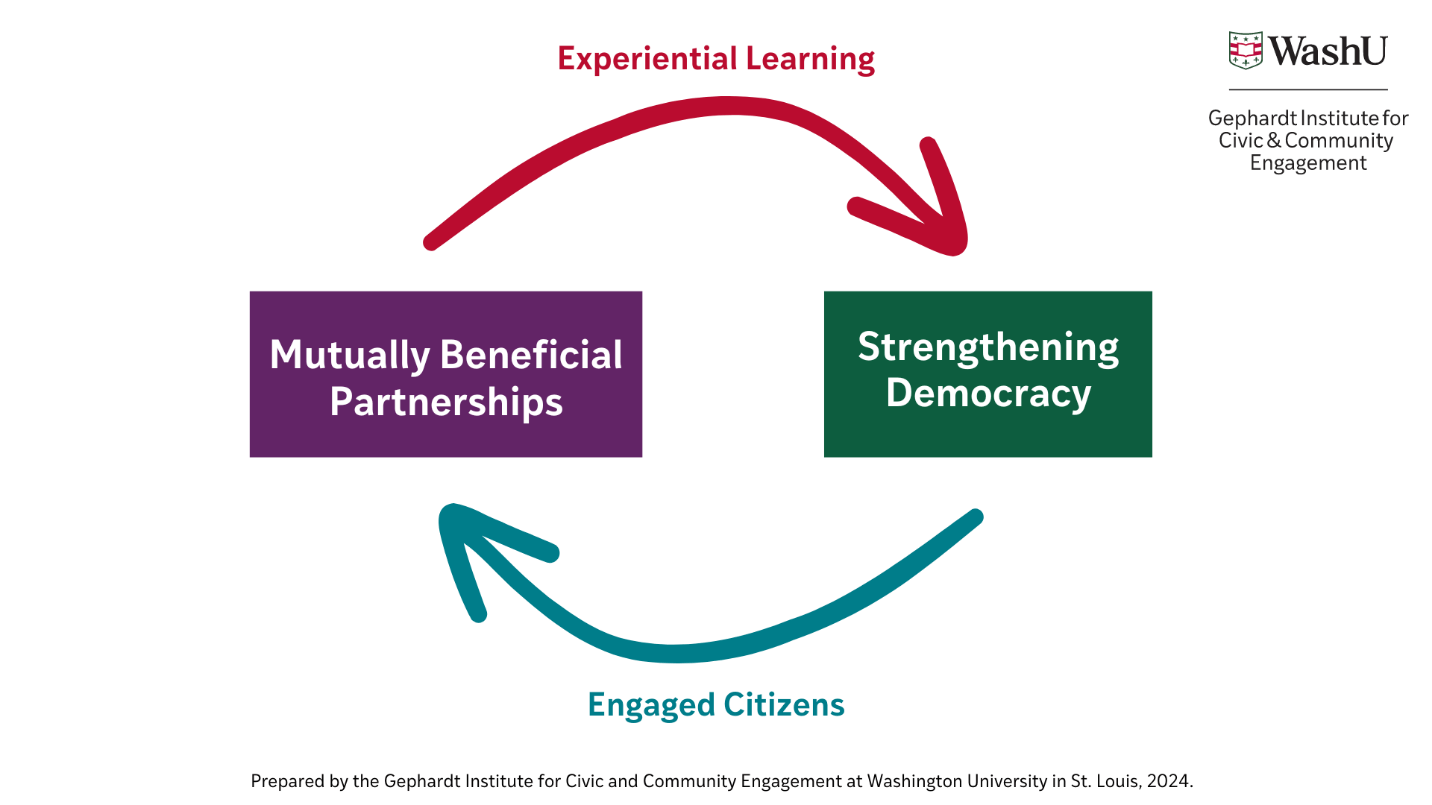
As the 2024 general election approaches, many universities are focused on student voter engagement – and rightfully so. However, civic and community engagement are integral to higher education’s mission, and work must be done year-round to kickstart students’ lifelong journey of engaged citizenship. The fabric of our society is strengthened when students can turn their passion and classroom learning into positive action in their communities.
John C. Culver Public Policy Center
Simpson College, Indianola, Iowa
Civic and Political Engagement at Simpson College
By Seth S. Andersen, Director, John C. Culver Public Policy Center
Simpson College is a small, private liberal arts institution located in Indianola, Iowa. Founded in 1860 and affiliated with the United Methodist Church, Simpson College had a total enrollment of 1,163 students in Fall 2023.
Simpson College has been an Andrew Goodman Foundation campus since the inception of the Vote Everywhere program in 2014 and has also participated in the National Study of Learning, Voting, and Engagement (NSLVE) since 2014. Civic and political engagement initiatives at Simpson are led by students and staff of the John C. Culver Public Policy Center, a nonpartisan politics and policy center founded at Simpson in 2010 to honor the legacy of former U.S. Senator John C. Culver.
Simpson’s Campus Action Plan promotes student civic engagement with specific tactics and strategies that are developed each year. It seeks to further institutionalize civic engagement in the curriculum and continue to improve student registration and turnout rates in elections. Simpson’s student-led voter engagement team seeks to establish voting as the norm among students by partnering with the president and cabinet of Simpson College to highlight civic and democratic engagement programs through a modified class schedule on Election Day. This gives students a two-hour midday block to vote if they have not already cast ballots. Simpson College has signed the ALL IN Campus Democracy Challenge’s President’s Commitment to Full Student Voter Participation and strongly supports the voter engagement team’s initiatives.
In keeping with Simpson College’s mission and strategic plan, the voter engagement team prioritizes diversity, equity, and inclusion through open and accessible outreach initiatives that encompass the entire campus community and ensure that students from diverse backgrounds have equal and ample opportunities to engage in the political process.
Simpson College incorporates civic engagement as a primary theme of general education requirements for all students. All first-year students are required to take a Foundations I seminar class that focuses on civic engagement and includes common texts. The voter engagement team makes hour-long presentations on civic engagement and voter registration to all Foundations I sections during the first half of each fall semester.
Simpson College achieved significant improvements in voter registration and voter turnout rates in the 2018 and 2020 elections compared to previous cycles. In 2018, Simpson had the highest voter registration rate (87.4%) and second highest voter turnout rate (49.1%) of Iowa private colleges. Simpson was also recognized for having the greatest improvement in student voter turnout among Iowa private colleges from 2016 to 2020, with an increase of 14.7% – from 60.6% in 2016 to 75.3% in 2020. Reflecting national trends in youth voter engagement, Simpson College saw its student voting rate in Midterm elections decline from 49.1% in 2018 to 36.9% in 2022. The voter engagement team is developing new strategies to reach students whose enthusiasm for voting and political engagement has waned.
Simpson College has traditionally nurtured a campus climate of political awareness and activity. This is reinforced by frequent appearances by presidential candidates, national media covering the Iowa Caucuses, and prominent national speakers delivering the annual Culver Lecture. Every two years, students in an upper-level political methods class conduct a survey of the student body on political attitudes, ideology, voting patterns, and other measures of political and civic awareness and engagement. Those surveys demonstrate a consistent and growing student body interest in civics and politics.
Through its student-led voter engagement team and the Culver Public Policy Center, Simpson College works to institutionalize civic and political engagement throughout the curriculum and co-curricular programs. Historically high levels of interest in politics among Simpson students have produced voter turnout and registration rates that exceed national averages and occasionally set statewide and national marks.
Vote Oswego
State University of New York at Oswego, Oswego, New York
SUNY Oswego: Finding the Curricular Opportunities in Voter Engagement
By Allison D. Rank
Before attending graduate school, I had the privilege of working in a presidential campaign field office and spending three years organizing with the Student Public Interest Research Groups (PIRGs). Those experiences, combined with a commitment to student political power and a budding sense of nonpartisan voter mobilization’s potential for applied learning, led me to propose housing our campus-wide campaign in a three-credit hour course in the Department of Politics.
In its initial outing, the Vote Oswego team consisted of five interns and 25 students enrolled in the three-credit course advertised as a grassroots organizing practicum. As we headed toward the 2018 election, a Department of Art and Design professor suggested a collaboration. While I oversaw the grassroots team, students in her classes would serve as a creative agency hired by the campaign. The result: Vote Oswego morphed closer to a professional campaign environment with a brand guide and a range of assets routinely updated by design students.
Now at the start of our fifth campaign cycle, students recognize Vote Oswego as a place to gain practical experience in campaigns and elections. As one of this year’s interns, Halle Collins explains, “Civic engagement became a focus of mine over the past year, and becoming a Vote Oswego Events Intern allows me the opportunity to work in it and give back to my campus at the same time.” This year, our election-based applied learning includes two additional voter education projects – GOTV Film Festival and Tiny Voting Stories – described by their lead faculty below.
GOTV Film Festival
“What happens if people don’t vote? How can students register to vote? How does my major impact my decision to vote? These are the questions my sreenwriting students grappled with as they wrote thought-provoking and entertaining non-partisan short scripts this past spring. This fall, the Cinema & Screen Studies classes will film these screenplays with the acting students from the Theater department. The October 18th Get Out the Vote Film Festival is the culmination of this exciting collaboration between schools and departments.”
– Juliet Giglio (Associate Professor, Creative Writing)
Tiny Voting Stories
“My Intermediate Nonfiction students will write Tiny Voting Stories, a twist on the New York Times Tiny Love Stories. By participating, they will hone essential craft skills (brevity, use of vivid details, writing to the prompt, research), and they will have the satisfaction of seeing their work promoted on campus. Bonus: they might also become more civically engaged.”
– Sari Fordham (Assistant Professor, Creative Writing)
Ultimately, through projects like Vote Oswego, the GOTV Film Festival, and Tiny Voting Stories, faculty contribute to improvements in our campus-wide voter turnout rates. They offer profound learning experiences where design students and creative writers build their portfolios. Cinema and theater students produce new work. Political studies students master grassroots organizing strategies and tactics.
Paws to the Polls Voter Education Initiative,
Missouri State University, Springfield, Missouri
Creating a Campus Voting Culture at Missouri State University
By Suzanne Walker-Pacheco
In February of 2020, a group of 14 Missouri State University students gathered at the invitation of an Anthropology professor, with the objective of creating a major change in voting culture on campus. Low college student voter rates, growing partisanship evident in the United States, and difficulty of obtaining unbiased political information was of grave concern to all involved.
Inspired by Missouri State University’s mission in public affairs, our ultimate aim was to weave civic engagement into the fabric of the university via education and outreach. Specifically, we set out to identify, investigate, and overcome barriers to voting, while increasing voting knowledge and participation at Missouri State University. Grounded in anthropological techniques (mainly participant observation), the founding student team steered the direction of this grassroots initiative using innovative ideas to energize and engage fellow students. The initiative came to be called Paws to the Polls, in reference to the university’s bear mascot. It has benefited from logistical and funding support from the university’s office of Public Affairs Support as well as funding from the Student Government Association and the League of Women Voters. As the initiative grew, three main components took shape: “Education,” “Outreach,” and “Voter Support and Advocacy.”
Education: The main objectives of the education component are to create familiarity with the voting process and ensure that students have access to the resources and nonpartisan information they need to vote knowledgeably.
This is achieved in the following ways:
- A brief voter education curriculum used as an option in the Freshman Foundations class that foster critical thinking skills in relation to civic engagement.
- Our eight-page voter information booklets that are distributed to all incoming first-year students and at all tabling events.
- The educational videos on our website, including one filmed at the election center, demonstrating the voting process to enhance familiarity for new voters.
Outreach: Paws to the Polls is a resource to both the campus community and the community at large. We table for voter registration and information across campus and off-campus and conduct dozens of presentations. We hold campus events that are open to the public, including our Voting Fair, candidate and election panels and forums, and our meet-and-greets with elected officials. We have forged connections between the campus community and elected officials. We partner on events with our community partners that include local chapters of the League of Women Voters and the NAACP. In particular, the League has provided us with logistical and financial support. Many Paws members join the League, and the current co-chairs of the LWV of Southwest Missouri are former student Paws to the Polls founding members.
Voter Support and Advocacy: We are aware of voting-related legislation in the changing landscape of Missouri politics and convey that information to voters. We serve as a liaison with campus voters and the county clerk and are trained by this office as Deputy Registrars. To inform the campus and community about upcoming elections, we produce and distribute a local election voter guide. We interact regularly with state and local legislators; a bill introduced in 2022 (HB 219) arose from our work advocating for the reinstatement of university identification cards as valid IDs for voting.
The impact of Paws to the Polls is made evident through several qualitative and quantitative measures. Missouri State University (MSU) was recognized by the All-In Democracy Challenge, earning the Silver Seal Award in 2020 for raising rates from 50.4% to 62.6% and in 2022 achieved Presidential Commitment Signatory status. MSU was listed in Washington Monthly’s top 200 voting colleges of 2021. In 2023, the Paws graduate assistant earned an All-in Democracy Challenge Student Award for Promoting Democracy on Campus, and the faculty coordinator won a state-level League of Women Voter’s award (Harriet Woods Award) for Exemplary Community Service. Quantitative data from the pre- and post-tests of the voter education curriculum demonstrate a greatly enhanced rating of the importance of voting and of voting-related knowledge. Current and former student successes on campus and in the community have resulted from connections and skills built as leadership team members of Paws to the Polls.
Despite the initiative’s successes, even four years of intensive student engagement efforts cannot make headway in breaking down the near-insurmountable barriers without institutionalization of campus civic engagement as part of our public affairs mission. This must include financial commitment for a campus entity (e.g., an institute or center), paid staff to oversee efforts, and campus-wide mandatory education to supply the main missing educational component: applied civic education (or democratic education).
As demonstrated by all four of these civic engagement programs, a combination of peer-based actions paired with institutional support and administration by paid staff is necessary for continuity and sustainability. It is imperative that institutions of higher learning put their energy into producing leaders who will soon be taking the reins and leading our society into the future.
References
Gismondi, A., Nelsen, M., German, M., Tse, V., and Sahar, A. d’Urso. (2024) Democracy Counts 2022: Student Engagement in a Midterm Year. National Study of Learning, Voting, and Engagement. https://tufts.app.box.com/v/democracy-counts-2022
Iyengar, S., Jackman, S. (2003). Technology and Politics: Incentives for Youth Participation. International Conference on Civic Education Research: 1–20.
National Study of Learning, Voting, and Engagement (NSLVE). 2022. 2020 Campus Report: Student Voting Rates for Missouri State University. Medford, MA: Jonathan M. Tisch College of Citizenship and Public Service.
Strama, M. (1998). Overcoming Cynicism: Youth Participation and Electoral Politics. National Civic Review. 87(1),71–77. doi:10.1002/ncr.87106.
United States Census Bureau. (2023, April 9). Reported Voting and Registration by Race, Hispanic Origin, Sex and Age Groups: November 1964 to 2022. US Census Bureau Historical Reported Voting Rates. https://www.census.gov/data/tables/time-series/demo/voting-and-registration/voting-historical-time-series.html
For Further Information
State University of New York at Oswego, Oswego, New York
Washington University, St. Louis, Missouri
Gephardt Institute for Civic and Community Engagement
Missouri State University, Springfield, Missouri
Simpson College, Indianola, Iowa
